'Tariff policy risks deindustrialisation'
PRAC says premature liberalisation will widen deficits, hurt exporters

The Policy Research and Advisory Council (PRAC), chaired by Mohammad Younus Dagha, has warned that Pakistan's new National Tariff Policy 2025-2030 could destabilise the external sector and accelerate premature deindustrialisation.
In a statement issued on Tuesday, the council said early warning signs were already visible. Pakistan's trade deficit widened by 29% to $6 billion in July-August 2025, while exports dropped 12.5% in August alone.
The council noted that the new policy reflects a liberalisation mindset that no longer matches global realities. Today's trade is shaped by strategic interventions where tariffs, subsidies, and protections are used by major economies as instruments of national competitiveness.
Pakistan, it warned, risks exposing its domestic market without reciprocal benefits. The new policy will lower average tariffs from 10.4% to below 6% by 2030, cut slabs from five to four, and reduce the maximum rate from 20% to 15%.
In contrast, India maintains average tariffs of 16% with ceilings up to 70%, while Bangladesh's averages are near 14% with ceilings at 25%. Both also impose additional duties and surcharges. Pakistan, however, has pledged to phase out such measures within five years.
"Any attempt at liberalisation must be accompanied by a sound industrial base and enabling global environment," said Dagha. "With a consumer base of 250 million, Pakistan can attract investors if it negotiates reciprocal concessions. But unilateral tariff cuts will erode our leverage, leaving others with little incentive to open their markets."
The council pointed to history. Between 1996 and 2005, Pakistan slashed tariffs from 46.6% to 14.3%, but exports stagnated. The trade deficit ballooned from $3.1 billion in 1995-96 to $12.1 billion in 2005-06, and later to $48.3 billion in 2021-22. Over three decades, exports rose only 3.7 times, compared to 12.6 times in Bangladesh and 14.3 times in India.

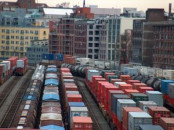

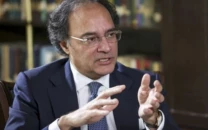

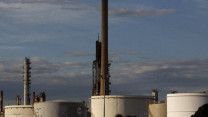
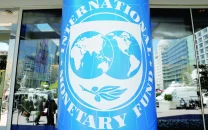




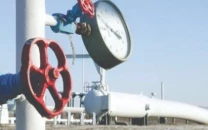









COMMENTS
Comments are moderated and generally will be posted if they are on-topic and not abusive.
For more information, please see our Comments FAQ